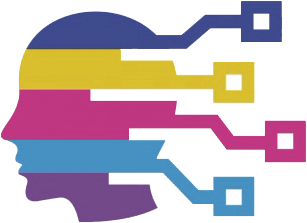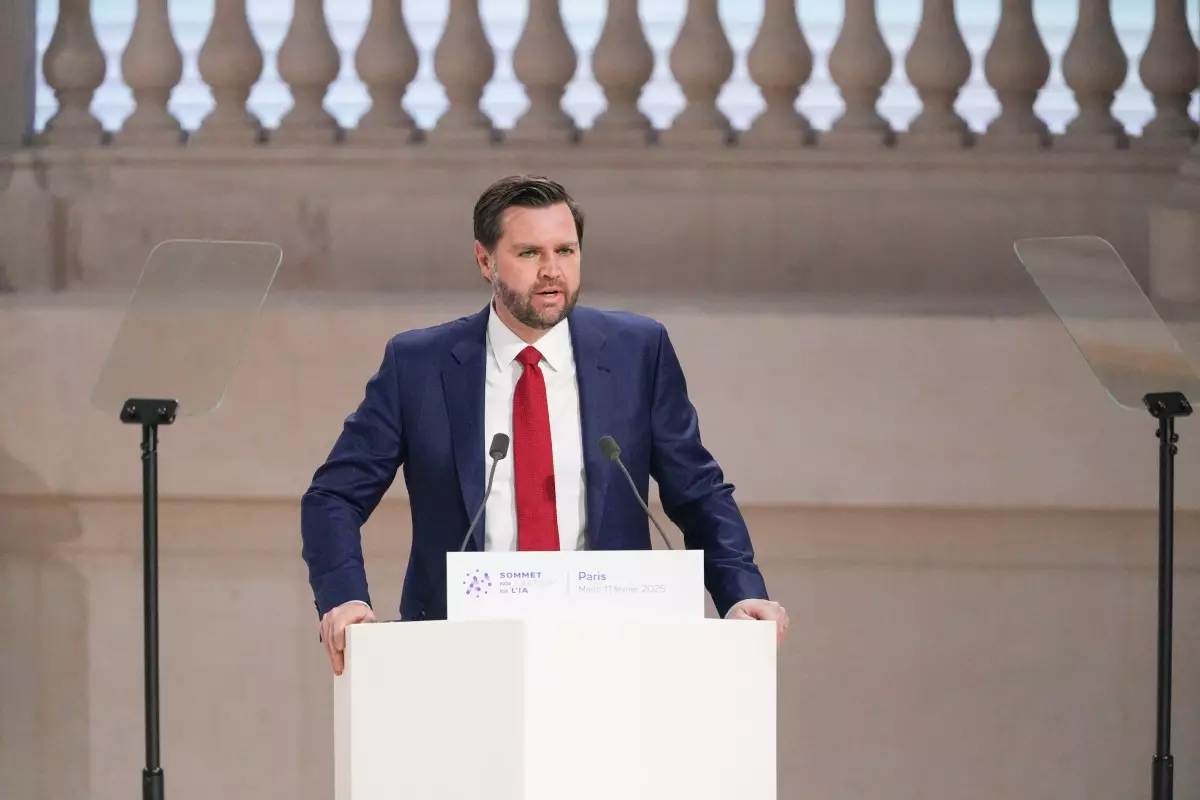The AI Action Summit held in Paris recently served as a pivotal convergence point for global leaders, tech innovators, and regulatory bodies to discuss the future landscape of artificial intelligence. The absence of the U.S. in signing the summit’s final resolutions presented an intriguing backdrop against which Vice President J.D. Vance’s speech illuminated the current American stance on AI development. Far from adhering to a cooperative international framework, the U.S. seems to be opting for an assertive approach, championing unregulated innovation and prioritizing the demands of its domestic tech industry.
Vance’s address was emblematic of a broader ideological shift within the U.S., where the focus has transitioned from caution to opportunity in discussing AI. He asserted that the Trump administration’s vision rested on maintaining U.S. dominance within the AI sector, while actively promoting deregulated environments conducive to growth. This rejection of regulation stands at odds with global sentiment, particularly in Europe, where regulatory frameworks are considered essential to ensure ethical standards and public safety.
The Vice President’s contention that the United States should be “the gold standard worldwide” represents not just ambition, but a potentially isolating perspective that discount the collaborative international efforts increasingly prevalent in AI discussions. By extending an invitation to other nations to adopt similar regulatory models, Vance failed to acknowledge the disparate socio-economic conditions that could impede such alignment.
The notion that regulation might “kill” AI represents a stark departure from contemporary discussions surrounding technological safety and ethical governance. Vance’s call for less risk aversion overlooks the complexities and responsibilities that accompany AI’s rapid development. With AI tools implicated in labor displacement and ethical concerns such as bias and misinformation, the failure to address these issues through a regulatory lens appears shortsighted.
Importantly, while the U.S. administration exudes confidence in its approach, it glosses over the potential consequences of unregulated AI advancements. The disconnect between promoting industrial growth and safeguarding public interest poses a significant quandary. For instance, Vance criticized the focus on AI safety, seemingly conflating legitimate concerns about public welfare with broader political agendas. This narrative suggests an aversion to regulatory scrutiny, raising the question of whether a balance can be achieved that fosters innovation without compromising ethical standards.
In his address, Vance outlined commitments to ensuring that AI serves as a catalyst for job creation, maintaining a narrative of pro-worker growth. However, this claim diverges from stark realities—numerous companies have already employed AI as a pretext for workforce downsizing. The administration’s pursuit of AI-driven industrialization will need to address inherent contradictions in its messaging, particularly regarding workers whose job security is threatened by advancements in automation. Without explicit strategies to reskill or support displaced workers, the proclamations of job creation ring hollow.
Vance’s remarks underscored a contrasting philosophy with European approaches to AI regulation. Leaders such as EU President Ursula von der Leyen emphasized the need for coherent safety regulations across member states to instill public confidence in AI technology. These discussions underlined the importance of developing frameworks that adhere to ethical standards while facilitating innovation—an objective that Vance’s address seemed to overlook.
The significant challenge lies in harmonizing divergent regulatory philosophies. The quest for economic supremacy cannot disregards the risks associated with unregulated technological development. As Europe seeks a balanced set of regulations that can function at the societal level, the U.S. risks alienation if it continues to prioritize corporate interests over inclusive progress.
In essence, Vance’s speech reflects the tumultuous landscape of AI policy debates, where ambition collides with pressing ethical considerations. The U.S.’s current trajectory—favoring deregulation while clinging to visions of dominion—may prove untenable in a world increasingly advocating for responsible innovation and equitable governance.
The question remains: can the U.S. find an equilibrium that supports groundbreaking technological advances while safeguarding against the untamed consequences of AI? As public dialogues around these subjects evolve, it will be essential for American policymakers to broaden their perspectives, embracing collaboration and regulation as means to an end rather than as impediments to success.

